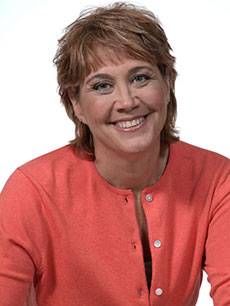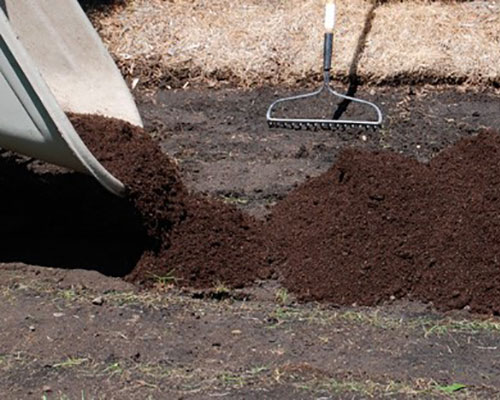
Melinda’s Garden Moments is heard Mon.-Fri. at 7:45 and 10:45 a.m. and 4:45 p.m. on WHAV.
Growing a beautiful landscape starts with the soil under your feet.
And the best place to start building a healthy soil foundation is with a soil test. The results tell you if and what type of fertilizer is needed for the plants you are growing.
Check your yellow pages or contact your local Extension service for details on submitting a sample.
Taking the sample is simple. Slide away any mulch or debris on the soil surface. Use a trowel and remove a slice of soil, 4 to 6 inches deep, right where the plant roots grow.
Take several samples throughout the garden you want to test. Combine the samples and place them in the mailing bag. Allow several weeks for the test to be complete and the results to be returned.
You can take a soil test anytime the ground isn’t frozen and you haven’t recently fertilized. Early spring and fall are good times since you can make needed changes when preparing your garden this season.
A bit more information: And don’t forget to add organic matter to your soil. Compost, aged manure, peat moss or other organic material improve drainage in heavy soils and increase the water holding capacity in sandy and rocky soils. Dig 2 to 4 inches of organic matter into the top 8 to 12 inches of soil. Then mulch the soil surface with shredded leaves, evergreen needles or other organic material. These mulches conserve moisture (less watering for you), suppress weeds and as they break down add nutrients and organic matter to the soil.
For more gardening tips, how-to videos, podcasts and more, visit www.melindamyers.com.

